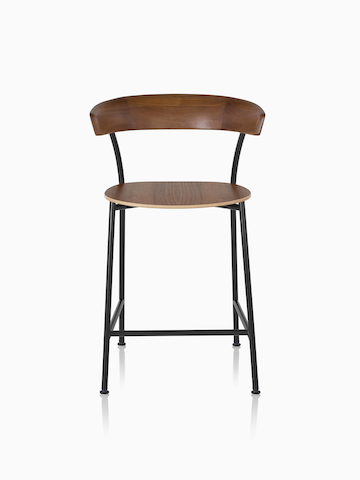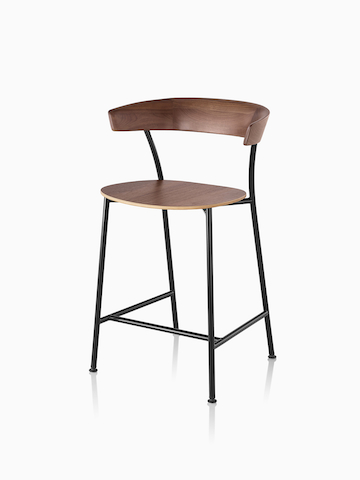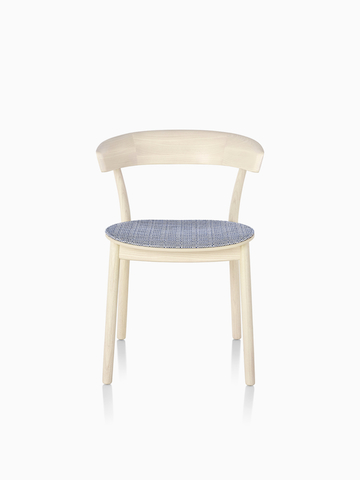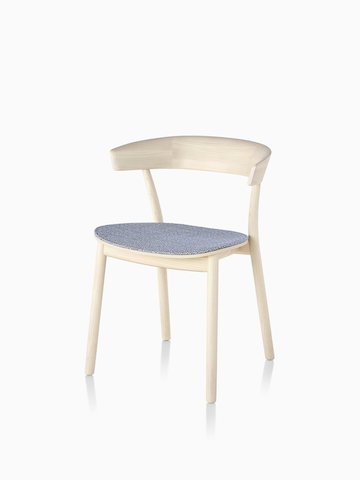Products by Keiji Takeuchi
Skip SliderBorn in Fukuoka, Japan, Takeuchi moved to New Zealand when he was 15. He studied product design at art school in Auckand, where he earned his bachelor’s degree and a scholarship to ENSCI-Les Ateliers, a prestigious graduate-level industrial design program in Paris. When he returned to New Zealand, he was ready to begin work as an industrial designer, but he soon realized opportunities were rather limited.
With the mobile phone and electronics industry taking off in Japan, Takeuchi headed to Tokyo, where in 2005 he began working with influential designer Naoto Fukasawa. After seven years in Fukasawa’s studio, Takeuchi’s interest in mastering furniture design took him to Milan. There he set up an office for Fukasawa to manage his European and North American projects.
Takeuchi believes that among all designed objects, furniture has the most potential to influence people’s view on their lives. To him, the role of furniture designer is one of fine-tuning our lifestyle with the rapidly changing society we live in. “It is about sharing a vision for improving our lifestyle whether it is such a small thing or a big thing, beyond what the market dictates,” he says. While Takeuchi continues to collaborate with Fukasawa, he also set up his own design office, Keiji Takeuchi Srls.
After playing an important role in the development of Fukasawa’s Saiba Chairs and Tables for Geiger, Takeuchi began working with Geiger on a variety of projects, both in partnership with Fukasawa and on his own. His first independent project for Geiger, Leeway Seating, explores the idea that a chair should allow for natural shifting of the body to encourage socializing and collaboration. To achieve that, he challenged the standard typology of an armchair, in which supports for the armrests often run through the front legs, impeding lateral movement. His solution offers a crescent-shaped cantilevered backrest with no such supports, so it maximizes freedom of movement within a minimal footprint.
Believing “the most important thing is not to lose the soul of the original idea along the way,” he knew he could count on Geiger craftsmanship and technology to execute the intricate geometry of the backrest. The resulting chair is organic and free-spirited, clean but not too serious. And there’s a bonus: It can be hung from a table edge by the backrest when not in use.




